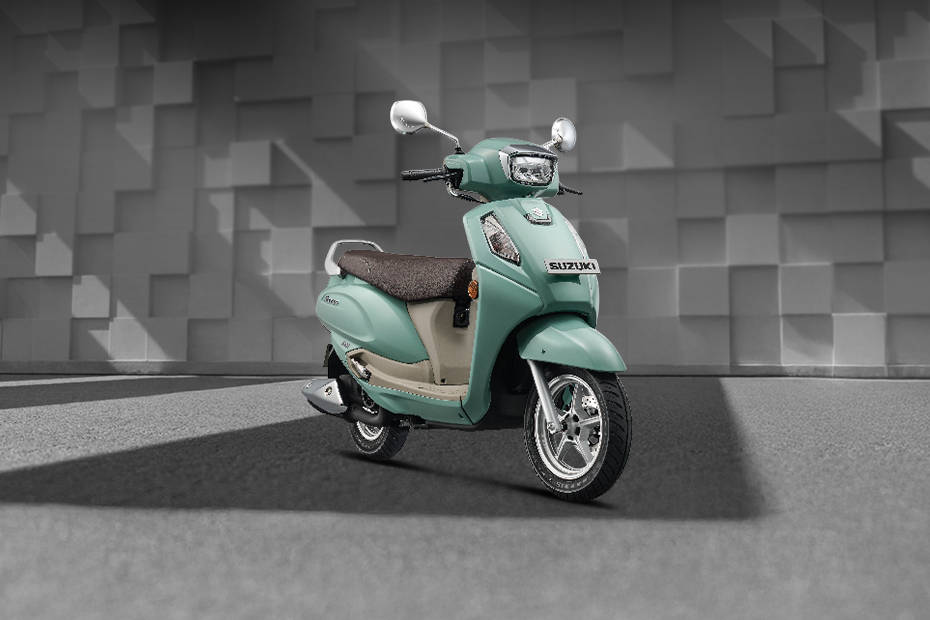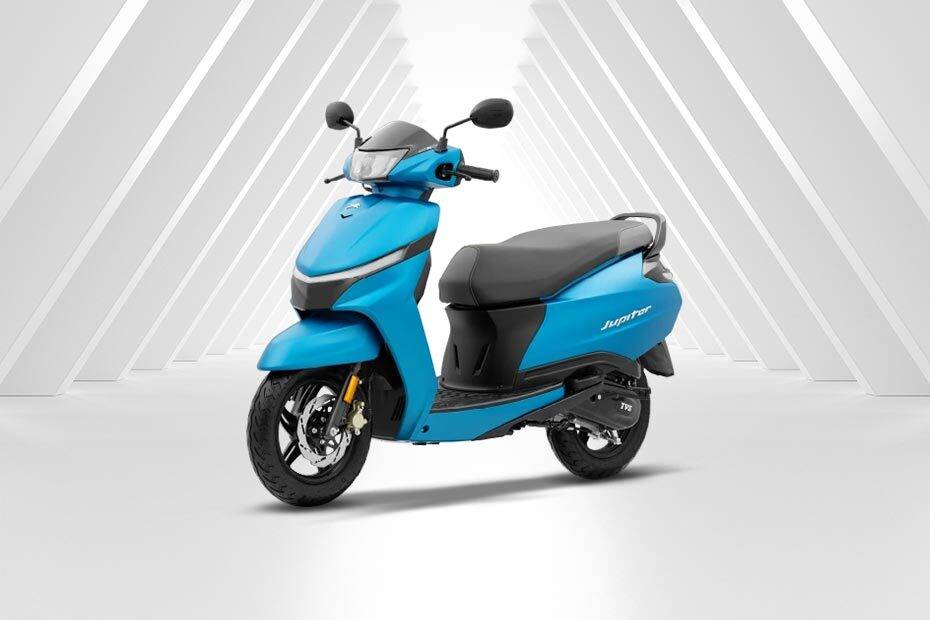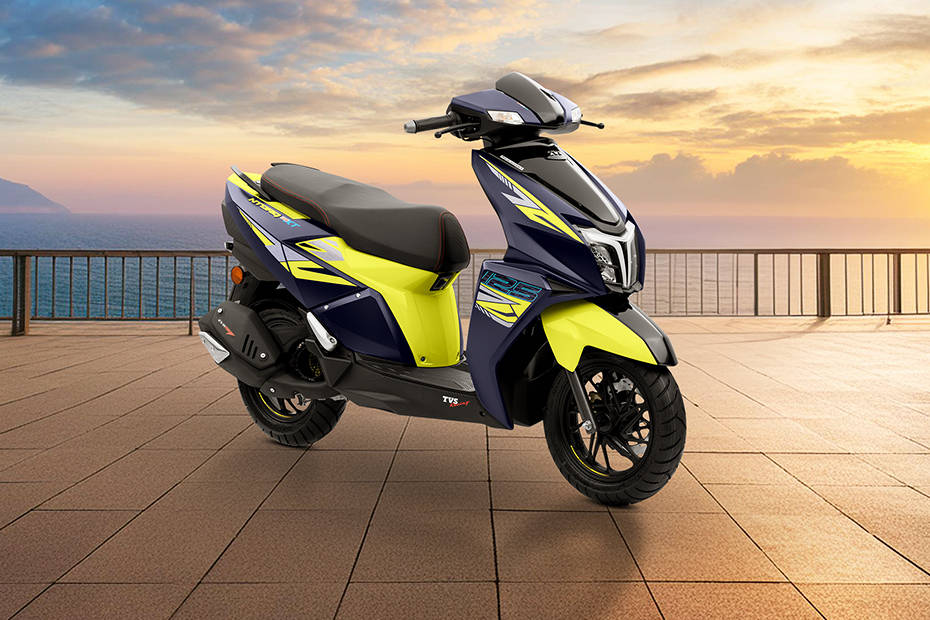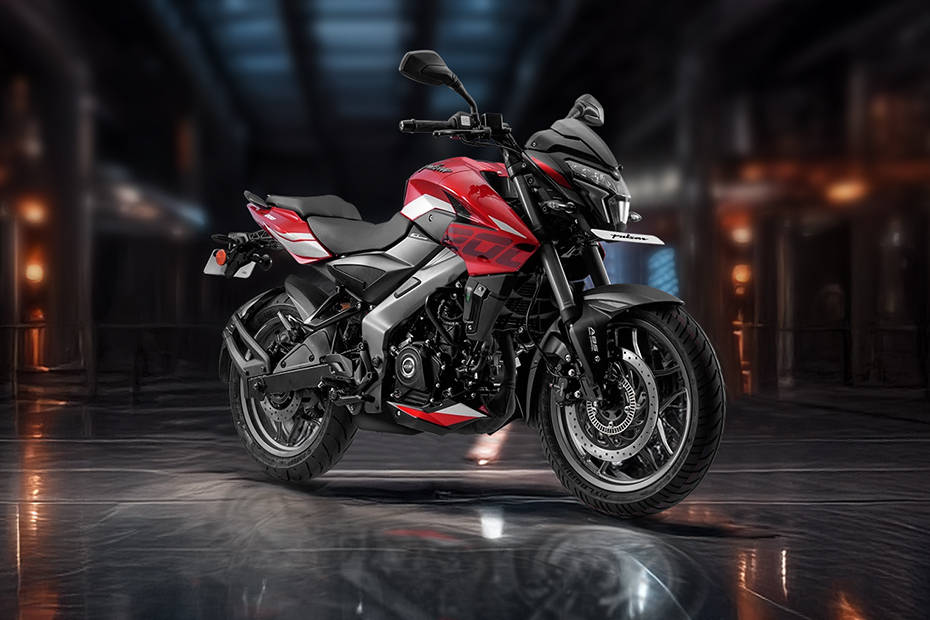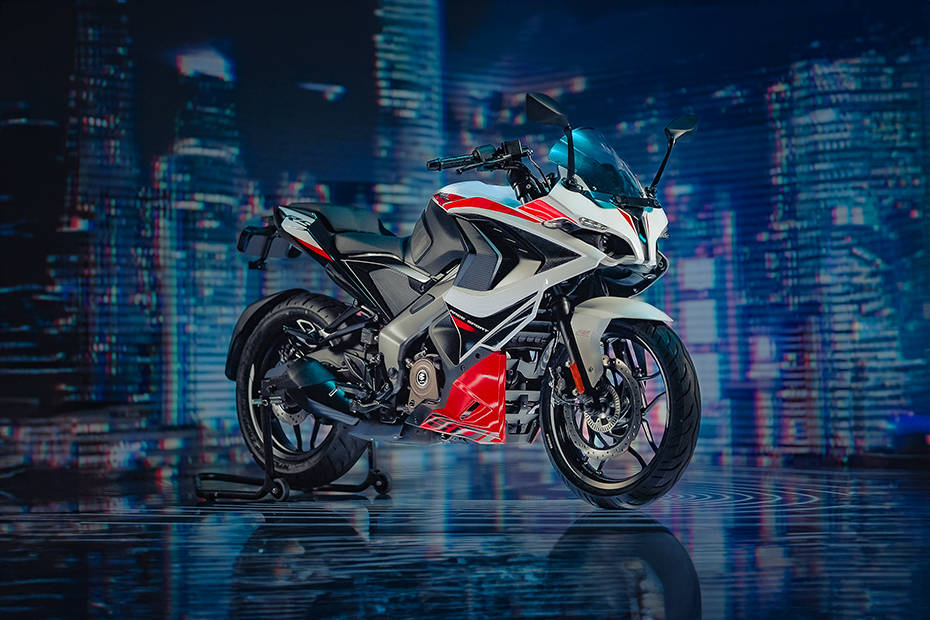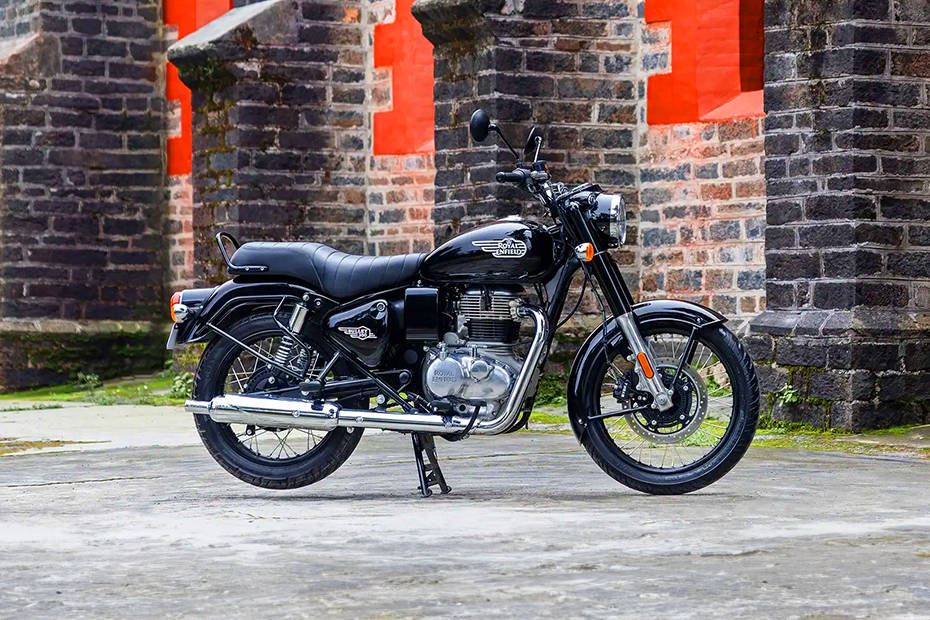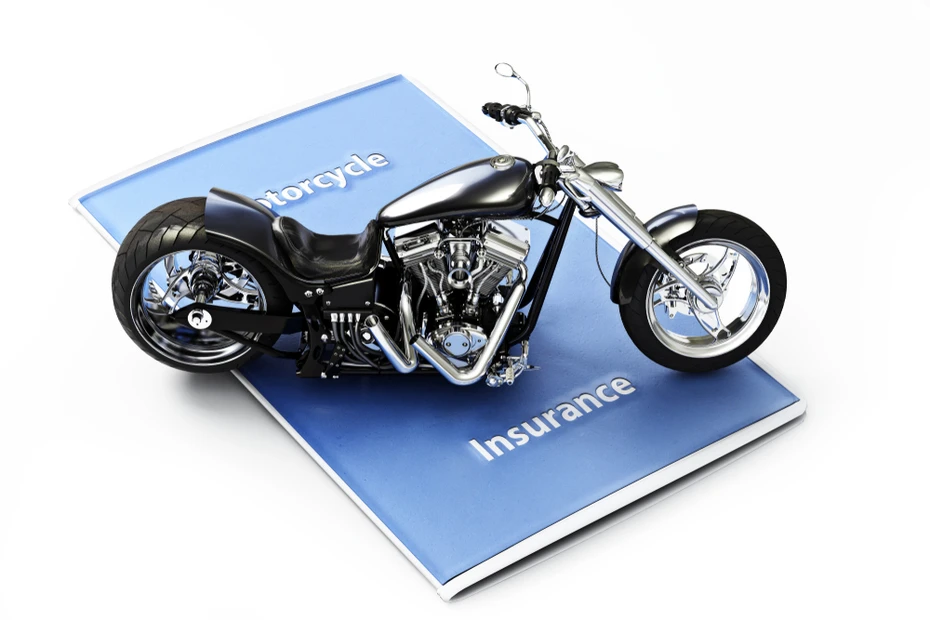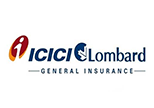

- Save upto 75%*Lowest Bike Premiums
- 45 Lakh+Happy Customers
- Claim Support7 days a week**
Calculate your Two Wheeler IDV
Top Bike Insurance Plans
No Inspection Needed
Immediate Policy Issurance
No Paper work
No Inspection Needed
Immediate Policy Issurance
No Paper work
Why Is IDV In Two-Wheeler Insurance Important?
IDV or a car’s Insured Declared Value is the final insurance amount granted to policyholders at the end of their term or whenever a claim is filed, whichever happens first. Let us understand how IDV plays an important role in the various facets of two-wheeler insurance.
Helps Determine The Maximum Claim Amount
The maximum amount policyholders can avail from their bike insurance claim is determined based on the IDV. The IDV is calculated based on several factors and data points. Insurers use key information points from the bike’s registration certificate such as the make, model and chassis number of the vehicle, the date of registration, etc. The ex-showroom price of the bike and depreciation value are also considered. As per the rules set by the IRDAI, the IDV must not exceed more than 95% of a bike’s ex-showroom price. This is factored in by insurers when they determine a bike’s IDV.
Helps In Determining The Insurance Premium
IDV is directly connected to the insurance premium rates. Higher the IDV, higher is the premium rate. Striking the right balance between adequate coverage and affordability is key while considering the IDV to determine insurance premium rates.
How to Calculate IDV of Bike?
IDV of a bike is calculated by factoring in it’s ex-showroom price and depreciation value. This amount is recaliberated every year by insurers as bikes values start depreciating the moment they leave the showroom.
The general formula for
IDV calculation of a bike without accessories is:
IDV = Ex-showroom price - Depreciation value
For accessorised bikes, the formula is
IDV = (Ex-showroom Price - Depreciation Value) + ( Cost of accessories - Depreciation value of accessories)
The following table contains the depreciation value of a bike with every passing year.
Rate of Depreciation on Two Wheelers
The following table shows how depreciation schedule of IDV in two-wheeler insurance:
Age Two-Wheeler |
Depreciation Percentage to Calculate IDV |
|
Two-wheeler not more than 6 months old |
5% |
|
More than 6 months, but not more than a year |
15% |
|
More than 1 year, but less than 2 years |
20% |
|
More than 2 years, but less than 3 years |
30% |
|
More than 3 years, but less than 3 years |
40% |
|
More than 4 years, but less than 2 years |
50% |
Note: IDV for vehicles more than 5 years is decided by mutual agreement between the insurance company and the insured.
Insured Declared Value for Two- Wheeler Above 5 Years Age and More
A two wheeler’s age is directly related to the rate of depreciation that will be calculated on the two wheeler. As the age of two wheeler increases, the rate of depreciation on the two wheeler also increases. In simple words, as the two wheeler’s age increases, it’s value decreases.
For a two wheeler that 5 is aged 5 years or above, its depreciation shall be calculated on the basis of the condition of its parts and serviceable condition. The Insured Declared Value gets adjusted accordingly in case different components are made using different materials, and the final value is determined as an overall average.
If the two-wheeler is aged above 5 years or is an obsolete model, then the last Insured Declared Value could be computed by a mutual consent between the policyholder and the insurance company.
There are certain insurance providers that take the help of surveyors to get to the right Insured Declared Value in insurance. This results in an extra cost that needs to be borne by the policyholder.
How Can IDV Affect the Bike Insurance Premium
IDV or a bike’s insured declared value is a crucial figure that helps insurers determine it’s insurance premium rate and ultimately, the maximum claim amount. Your bike’s IDV has a direct impact on its insurance premium rate. Here are different ways in which IDV can affect your bike’s insurance premium.
Direct Relation To Bike Insurance Premium
IDV is calculated after considering the bike’s ex-showroom price and its rate of depreciation. Hence, it has a direct influence over bike insurance premiums. Although several factors influence a bike’s insurance premium amount, IDV takes precedence over everything else. A higher IDV fetches a higher claim amount to beneficiaries. Every year, IDV is recalibrated after considering a bike’s depreciation percentage. Hence, with every passing year, your IDV reduces unless you purchase a zero depreciation cover.
Age of The Bike Matters
As your bike gets older, its depreciation percentage goes up due to lower market value, leading to a lower IDV. This means, your bike insurance premium also reduces. For new bikes, the depreciation percentage is low, however, know that depreciation starts from the moment the bike leaves it’s showroom. However, the value is less, leading to a higher IDV and higher insurance premium.
How a Bike’s IDV is Calculated in InsuranceDekho’s IDV Calculator?
InsuranceDekho's IDV (Insured Declared Value) Calculator is a tool designed to provide an estimated market value of your bike which in turn helps in determining the insurance premium. The process of calculating IDV through InsuranceDekho's IDV calculator for bike generally involves a few steps:
1. Visit the Website:
Navigate to the InsuranceDekho website and locate the IDV Calculator tool.
2. Enter Vehicle Details:
You will need to input details such as the make, model, variant, and registration year of your bike.
3. Provide Location Information:
Enter the city where your bike is registered as the location can affect the IDV.
4. Depreciation Calculation:
The IDV calculator for two wheeler applies a depreciation percentage to the manufacturer's listed selling price based on the age of your bike to arrive at the IDV. The depreciation rate increases as the vehicle gets older.
5. Display IDV:
The tool will then display the calculated IDV which represents the current market value of your bike.
6. Adjust IDV If Necessary:
Some two wheeler IDV calculator allow you to adjust the IDV within a certain range if you believe the calculated value does not reflect your bike's actual market value.
7. Review Insurance Quotes:
Once the IDV is calculated, you can proceed to review insurance quotes. The IDV will play a significant role in determining the premium amount for comprehensive and standalone own-damage insurance policies.
8. Consider Expert Advice:
If unsure about the IDV, you might want to consult with insurance experts or customer support to ensure the IDV is accurate and reasonable.
Using InsuranceDekho’s IDV Calculator can simplify the process of determining the insured declared value of your bike, which is crucial for deciding the insurance premium. This tool provides a quick, convenient, and straightforward way to calculate IDV, helping you make an informed decision when purchasing or renewing your bike insurance.
Factors Affecting IDV In Two Wheeler Insurance
Several factors come to play when insurers calculate the IDV for two-wheelers. A few of them are listed below.
Age of The Two-Wheeler
A bike’s IDV is directly connected to it’s age. The older the bike, the lesser the IDV. This factor also affects the maximum claim amount during claim settlement. Typically, bikes lose 5% of their value in the first six months of purchase and 20% by the end of the first year. Standard depreciation rates are applied based on the bike’s age with older bikes having higher depreciation in their value.
Make, Model And Variant
These factors are central to the calculation of a bike’s IDV. Depending on their make and model, IDV for bikes can be on the higher end or the lower end. For high-end bikes, the IDV is higher because of higher market value and also because of the high repair costs they incur.
Additional Accessories
Every bike enthusiast who is passionate about their bike’s build has a tendency to accessorize their bikes with the latest supportive gadgets. Keep in mind that additional fittings and accessories can contribute to a higher IDV.
City Of Registration
The city in which a bike is registered matters as bikes registered in cities having high market demand and traffic risks like the metro cities of Mumbai and Delhi, incur high IDV due to the cost and associated risks. Bikes registered with smaller cities, however, incur less IDV.
Difference Between IDV and Premium Rates
People often get confused between IDV and Premium. However, these two are related but different concepts. IDV refers to the market value of your bike, whereas premium is the amount which you pay to get your bike covered under an insurance plan.
Premium is directly proportional to IDV. If the premium rate in your two-wheeler insurance policy is low that means a lower IDV. Thus, people tend to believe, lower the IDV, the better it is. However, that’s not the case. A lower IDV is not beneficial because at the time of a claim settlement, it will result in a lower claim amount.
Now that you know how important it is to know the right IDV of your two-wheeler, you should also know that you can calculate it by using an IDV value calculator for bike online. IDV calculator is an online tool that determines the market value of your two-wheeler and also gives you an idea of the premium you will be required to pay to own the policy.
In case of any doubt or query related to IDV in two-wheeler insurance, you can get in touch with the customer care executives at InsuranceDekho.
What Happens in case I Opt For a Lower Insured Declared Value?
Let us take a look at what would happen if you would select a lower Insured Declared Value for your two-wheeler:
- The premium amount of your insurance plan would reduce.
- It would help you in saving money on your two-wheeler insurance plan.
- But, the sum insured of your insurance plan would get reduced.
- Thus, you would get lesser compensation in the event of total damage or loss of your insured bike.
What Happens in case I Opt For a Higher Insured Declared Value?
You can opt for a higher Insured Declared Value in your insurance quote and take advantage of the benefits that come with it. Let us take a look at what happens if your increase your two-wheeler's IDV:
- The sum insured under your two-wheeler insurance plan would go up.
- A higher sum insured can be of great help in the event of total loss or damage of your insured bike.
- However, the premium payable towards your bike insurance plan would also go up.
Calculate Your Bike Insurance Price Online
Select your bike brand

- Honda
- Hero
- TVS
- Hero Honda
- Bajaj
Which city is your bike registered in?
- New Delhi
- Bangalore
- Mumbai
- Chennai

When did you buy your bike?

IDV in Bike Insurance FAQ
-
-
-
-
Does the value of IDV decrease?
Yes, the IDV of your bike decreases with time due to wear and tear.
-
What is IDV in bike insurance?
Insured Declared Value or IDV in bike insurance represents the maximum amount that an insurance company agrees to pay the policyholder in case of theft or total loss of the insured bike. Insured Declared Value is a key factor in determining the bike insurance premium value.

